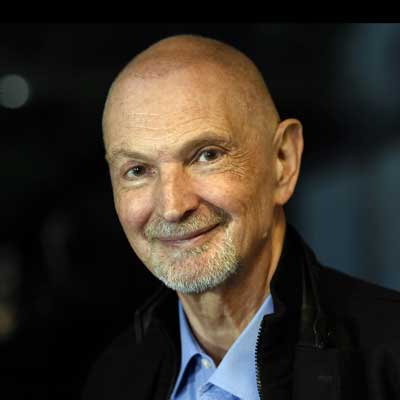Serge Tisseron
Psychiatrist, doctor in psychology HDR, Member of the Académie des technologies and the Conseil national du numérique (CNNum), creator of the 3-6-9-12 beacons, the Jeu des trois figures, the Institut pour l’étude des relations homme-robots (IERHR) and the Institut pour l’histoire et la mémoire des catastrophes (IHMEC). Co-leader of the DU in Cyberpsychology (Université de Paris Cité). Website: https://sergetisseron.com
Latest publications: Le Déni, ou la fabrique de l’aveuglement (Albin Michel); 3-6-9-12+, apprivoiser les écrans et grandir (éres); L’Empathie (PUF).
Conference: Renouncing the truth, encouraging communication
Sunday, March 22, 2026, at 1:30 p.m.
A family secret is not just something that is not said. It is what is forbidden to talk about in a family because the event is surrounded by pain. This distinction helps to clarify the difference between structuring secrets and destructuring secrets.
The latter are linked to the traumatic experiences of a generation that have not been fully symbolised. The result is what I have called a Psychic Secret, to distinguish it from common and often harmless
It is on communication that efforts should be focused, within the family or in therapy, rather than on the search for the truth, which often remains inaccessible.



